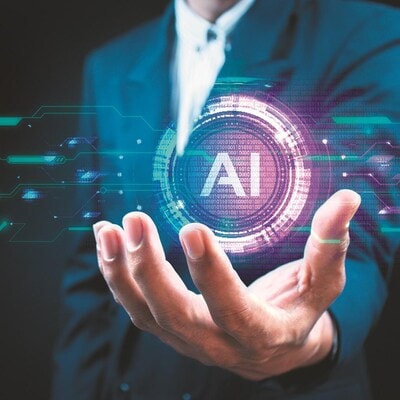It was a regular day at Coromandel International, an agrochemicals company. A routine meeting was scheduled between a millennial executive and a 55-year-old senior decision-maker. Or so it seemed. They were to talk about generative artificial intelligence (GenAI).
Ordinarily, it would be the senior executive showing the junior the ropes. However, these are no ordinary times, thanks to the advent and adoption of AI. So, once inside the meeting room, the roles switched. The senior put on his learning hat, while the 29-year-old assumed the role of a mentor. Besides GenAI, they discussed social media strategies to achieve greater employee engagement at the company.
Coromandel isn’t an isolated case. Companies like Siemens, Sterlite Power, and Fiserv are also rethinking the conventional workplace learning model.
Senior management is not just offering advice — it is actively upgrading its understanding of digital skills and consumer trends, with the younger, digital-native colleagues stepping in to guide them.
Public sector undertakings are also catching on. Digital leaders at NMDC, India’s largest iron ore producer, turned to younger employees in the enterprise resource planning department when mapping the firm’s mining operations. This collaboration provided “a seamless hands-on experience for our senior leaders on digital platforms,” says a company spokesperson.
While reverse mentoring has been around for decades and is widely accepted in the West, its value and scope is expanding rapidly in India. This trend is driven by fast-changing technologies and the growing influence of millennials (born 1981-1996, according to Pew Research Centre) and Gen Z (born 1997 onwards) in both the customer base and the workforce.
For instance, at Global Services, Fiserv — an engineering and innovation hub of the NYSE-listed fintech firm — regional leadership curates regular reverse mentoring sessions. “These sessions help us gain insights into core engineering trends, digital transformation strategies, AI use cases, and how young consumers manage their financial transactions,” says Vishal Pratapwant, chief operating officer and senior vice-president of Global Services, Fiserv. “They also provide valuable feedback on career growth aspirations, workplace experiences, and evolving needs around benefits.”
Siemens Ltd, the Indian unit of the German tech multinational, has implemented a structured approach to reverse mentoring. The duration is flexible, starting with identifying personal and professional goals, followed by an icebreaker or chemistry session, and culminating in the formal closure of the mentoring relationship.
There are numerous instances where Siemens employees with over 25 years of experience have reverse mentors in their early twenties, says Shilpa Kabra Maheshwari, executive vice-president (EVP) and country head (people & organisation), and diversity officer at Siemens Ltd. While the topics mainly revolve around digital technologies, the commitment to learn, unlearn, and relearn is what makes reverse mentoring effective, adds Maheshwari.
Sterlite Power, one of India’s largest power transmission companies, has a dedicated programme for campus hires to help them navigate the early stages of their careers. According to Ruhie Pande, group chief human resources officer (CHRO) and head of marketing and communications, this approach also allows senior executives to learn about new digital tools, emerging industry trends, and unique generational perspectives from their mentees. This way, seniors can enhance their professional growth and stay attuned to the evolving industry and talent landscape, she says.
However, reverse mentoring is not without its challenges. For many Indian companies established in the 1950s and 1960s, a strong line of leadership and organisational hierarchy has been their hallmark. Adapting to a dynamic where younger employees offer guidance requires a concerted effort.
At Coromandel, for instance, there were initial hurdles. “The senior executive was initially sceptical about the practical application of social media strategies and GenAI in day-to-day operations. Conversely, the younger HR executive felt intimidated at the prospect of advising someone at the EVP level,” says Arun Leslie George, president and CHRO of Coromandel International.
To address these concerns, the company put both participants through preparatory conversations on the value of reverse mentoring and how to approach it with an open mind. “Regular check-ins and a structured framework for their interactions helped build trust and break down barriers,” George explains.
Industry executives note that the process has evolved to become institutionalised over time. There is now a proper feedback mechanism and a greater emphasis on making the experience mutually beneficial.
Highlighting examples of successful reverse mentoring relationships will further accelerate its adoption, George adds.
Role reversal
* Reverse mentoring lasts typically 3-8 months for meaningful exchange, though the timeframe is flexible
How mentors & mentees are paired
• Matching skill sets and learning goals
• Shared interests or complementary areas of expertise
• Opportunity for cross-functional and cross-generational learning
• Open and willing participants; so, voluntary involvement is a key factor
What’s in it for younger mentors
Insights into strategic thinking and leadership from senior executives, including how to navigate complex organisational dynamics and develop long-term business strategies
First Published: Sep 04 2024 | 5:23 PM IST
